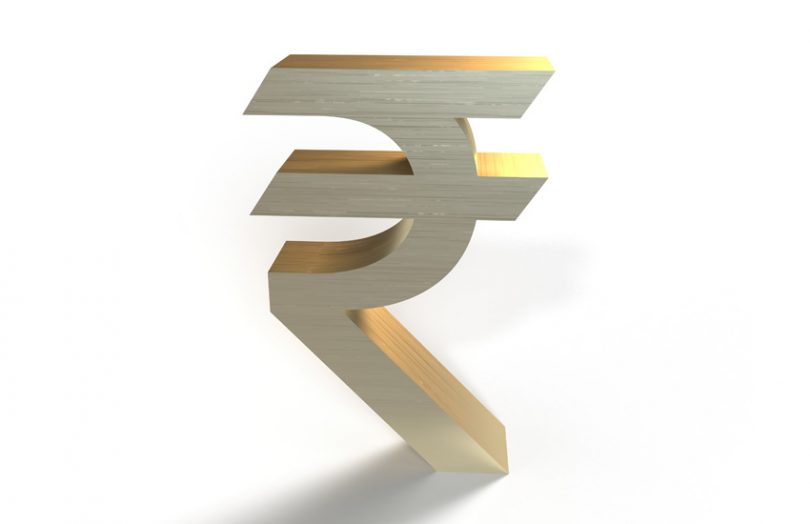On Friday, India’s parliament disclosed plans to introduce a bill that will enable a central bank digital currency (CBDC) and ban cryptocurrencies again. The legislation aims to ensure that blockchain technology is not restricted. The lower house of India’s parliament, Lok Sabha, listed twenty planned new bills, one of which was “The Cryptocurrency and Regulation of Official Digital Currency Bill, 2021”.
Cryptocurrency banned again
In 2019, the Reserve Bank of India (RBI) told regulated entities, including banks, that they couldn’t provide services to cryptocurrency firms. This was an indirect ban on cryptocurrencies as the onramps for payments were blocked. However, the RBI was taken to court by the Internet and Mobile Association of India, representing various cryptocurrency exchanges. In March 2020, India’s Supreme Court overruled the RBI.
This cleared the way for cryptocurrency exchanges to accept bank payments and business took off.
However, Friday’s news of the planned cryptocurrency ban should come as no surprise because it became clear that new regulations were being drafted during the litigation. Five months ago, there was further news that the cabinet was discussing a draft bill.
As described in the Lok Sabha schedule, the draft bill is, “To create a facilitative framework for creation of the official digital currency to be issued by the Reserve Bank of India. The Bill also seeks to prohibit all private cryptocurrencies in India, however, it allows for certain exceptions to promote the underlying technology of cryptocurrency and its uses.”
As we previously noted, when remitting money to India, reasons are always required and a large number of Indians work for foreign companies. Hence, there’s a risk that some people get paid in cryptocurrencies resulting in tax leakage for India.
Legislating for a digital rupee
While Facebook’s unveiling of its planned Libra digital currency in mid-2019 ignited interest in central bank digital currencies, India started exploring the topic in 2018 when the central bank set up a working group. In late 2019 the draft National Strategy on Blockchain also referred to a proposed Central Bank Digital Rupee.
Every country has different motivations for issuing digital currencies. So far the Reserve Bank hasn’t shared detailed thoughts, so what might India’s reasons be?
First off is demand. According to a 12 country survey by the central bank think tank OMFIF, India’s population is the most enthusiastic about both CBDC and digital money.
Typical motivations for a CBDC are financial inclusion and resolving payment frictions. However, India already had a push to open bank accounts and more than 80% of the population has one, which is helped by the Aadhaar digital identity. Although it’s claimed that a high proportion of bank accounts are inactive. So financial inclusion may be a possible driver, perhaps related to COVID-19 payments. However, bank accounts are typically used for social payments.
In terms of payment frictions, domestically, India has a sophisticated payment infrastructure, so that’s unlikely to be a need. But as blockchain functionality becomes more widely adopted, enabling payments with a digital currency is optimal for blockchain settlement.
Another area where a digital rupee might help is remittances. India is the largest recipient of inbound remittances from its migrant workers to the tune of $83 billion in 2019 (Source: World Bank). Two of the largest contributors to remittance costs are the costs of handling cash and foreign exchange. Digital currency exchange margins tend to be significantly tighter than bank margins.
In 2019, the draft National Strategy on Blockchain talked about IoT transactions and data as a driver of a digital rupee.
One potential use for that data is tax collection. If cash transactions migrate to a digital currency, traceability is improved, which could help with tax collection. But that motivation could also suppress the adoption of a digital rupee.
The Aadhaar identity system should make the rollout of a CBDC considerably simpler compared to most countries that lack a centralized identity system. Legislation is often another holdup and that appears to be progressing. And the draft strategy implied the CBDC might be based on a public permissioned blockchain. Either way, this is one to watch.






